Ingrained Precision
in everything we do
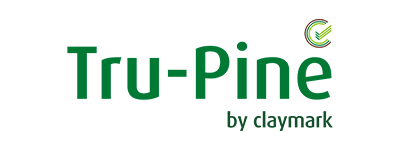
Tru-Pine posts beams and boards combine strength and durability, with the enduring character and beauty of timber. Used in pergolas, verandas, porches, balconies and other applications requiring stunning paint finishes. Engineered for performance.
A range of high quality pre-primed timber products manufactured from pine finger-jointed for defect-free strength, and treated to withstand termites, borers and rot. Tru-Pine combines strength and durability, with the enduring character and beauty of timber.
The Tru-Pine range of versatile exterior timber products is used by builders throughout the USA.
Tru-Pine is used for structural timber, and timber cladding. It is also widely used in exterior structures such as pergolas, decks, verandas, porches and balconies. The range includes laminated beams and posts, fascia boards, timber mouldings, and weatherboards. A complementary range of hand railings, stair railings and balustrades is also available.
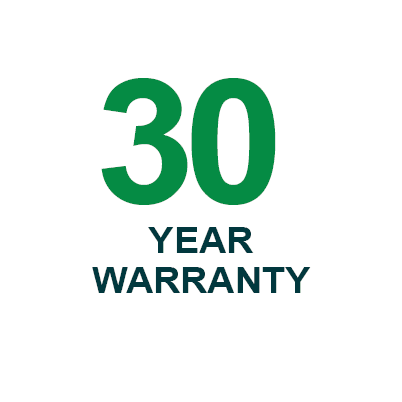
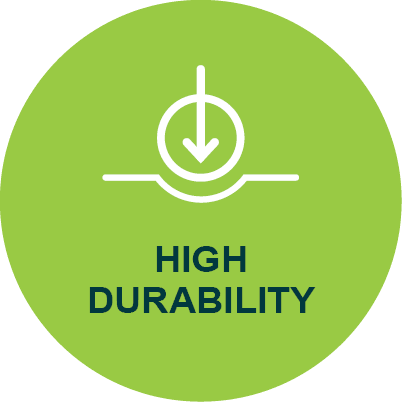
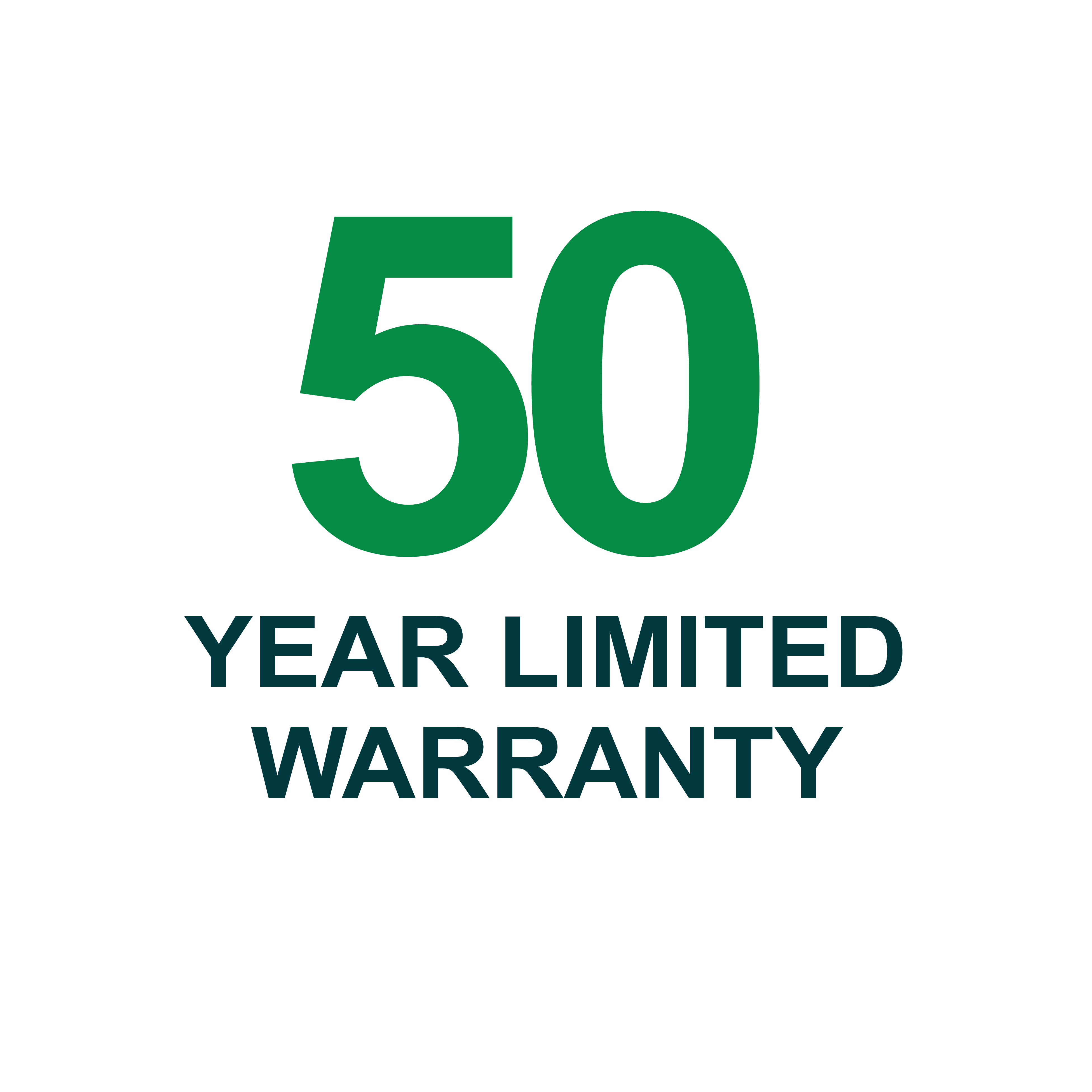
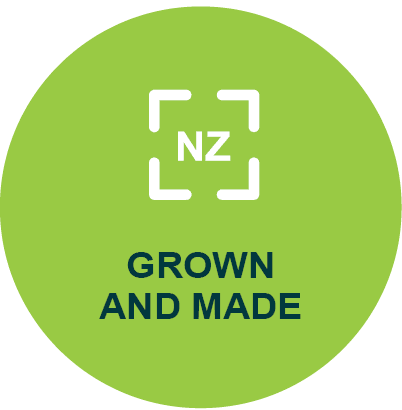
Tru-Pine®
Features
- Tru-Pine is a premium quality timber ideal for outdoor use. It is structurally graded and has a surfaced smooth finish for easy painting.
- Boards and beams are treated with an advanced proven organic pressure treatment using LOSP (Light Organic Solvent Preservative), that protects against fungal decay, rot, insect attack (including Formosan termites).
- Also ideal for interior structural usage where an aesthetically pleasing high grade paint finished product is required.


